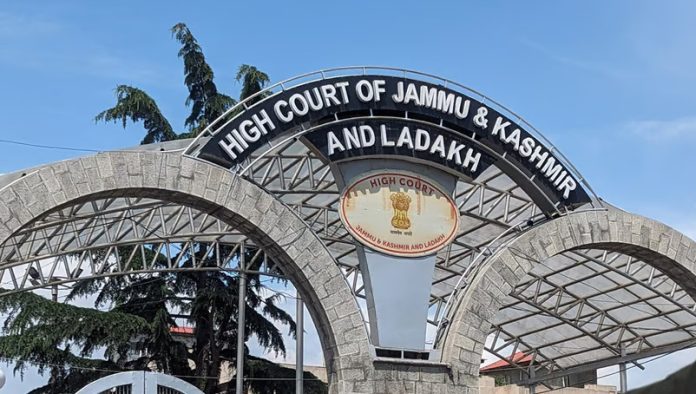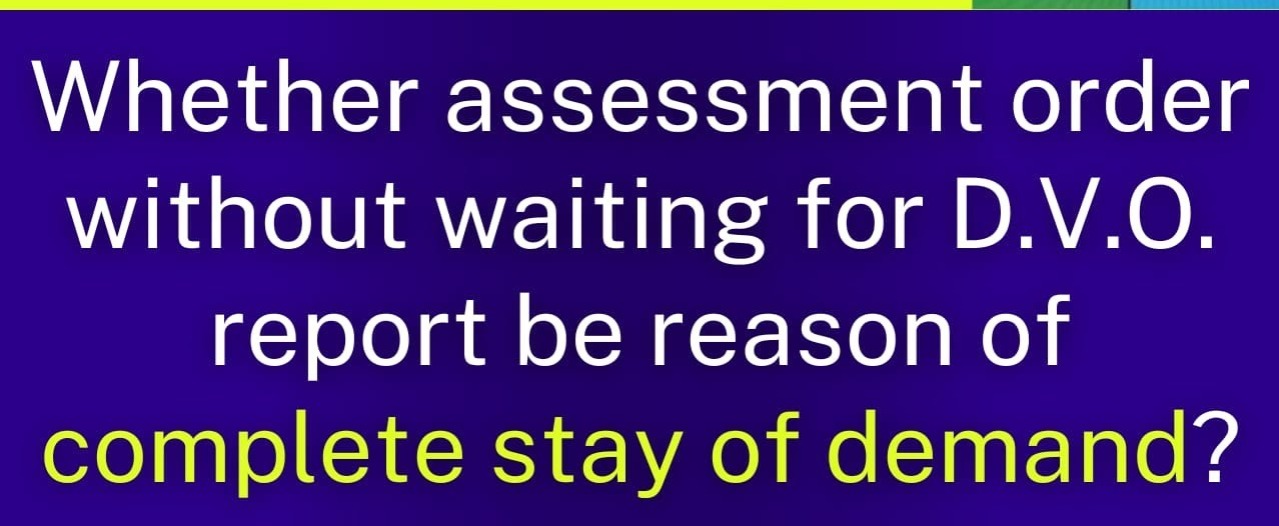@JUDGMENTTAG-ORDER
L. Narasimha Reddy
1. The respondent filed O.S.No.349 of 2008 in the Court of Principal Junior Civil Judge, Chirala, against the petitioner for declaration of title and recovery of possession in respect of 14 cents of land in D.No.73/18 of Epurupalem Village. He pleaded that he got 31 1/2 cents in D.No.73/18 under a registered partition deed in July 1980. It was stated that his brother, by name, Moulali, the father of defendants 1 to 3 in the suit, tried to interfere with his possession and thereupon, he filed O.S.No.304 of 1996 and obtained a decree of perpetual injunction. E.P.No.88 of 2002 is said to have been filed against his brother, when he tried to interfere. It was also stated that after the death of his brother, defendants 1 to 3 (who are not made parties to this revision) sought to interfere, and thereafter he filed E.P.No.14 of 2008.
2. The respondent further pleaded that the defendants 1 to 3 sold the suit schedule property in favour of the petitioner herein (4th defendant), and after purchase, he has started construction. With these allegations, he filed the suit. He has also filed I.A.No.1683 of 2008 under Order 39 Rules 1 and 2 C.P.C., with a prayer to restrain the petitioner herein from proceeding with the construction over the plaint schedule property.
3. The petitioner opposed the I.A., by filing counter. He stated that the respondent is a chronic litigant, and that at several places, he admitted that the subject-matter of O.S.No.304 of 1996 was the land in Sy.No.3/18 and that the suit schedule property in Sy.No.73/18 does not belong to him. He further stated that he purchased the land in Sy.No.73/18 on 21-07-2008 and sold away the same in favour of third parties. According to him, the petitioner also sold away his share of the property in Sy.No.73/18 in 1986 itself.
4. The trial Court allowed the I.A., through order dated 18-12-2008, directing that the petitioner herein shall not make any further construction in the suit schedule property.
5. The respondent filed I.A.No.486 of 2009 under Order 39 Rule 2A C.P.C., with a prayer to send the petitioner to civil prison on the ground that he made further construction in contravention of the order in I.A.No.1683 of 2008. The trial Court allowed the I.A. through order dated 20-06-2011 and committed the petitioner herein to civil prison for a period of one month. The said order is challenged in this revision.
6. Sri N. Subba Rao, learned counsel for the petitioner submits that his client was not given an opportunity in the I.A., and that the respondent failed to prove that the petitioner made any construction over the property in contravention of the order of temporary injunction. He contends that in a matter where the liberty of an individual is involved, the trial Court ought to have ensured that a thorough enquiry is conducted. He submits that extensive reference was made to the report said to have been submitted by an Advocate-Commissioner, and that no evidence, worth its name, was recorded.
7. earned counsel further submits that, from the beginning, the case of the petitioner has been that he is no longer in possession and ownership of the property and that it has been sold out to third parties. He submits that instead of making the persons in possession and enjoyment of the properties, as parties to the suit, and obtaining necessary orders, the respondent filed the I.A. against the petitioner only with a view to harass him.
8. Sri P. Rajasekhar, learned counsel for the respondent, on the other hand, submits that the petitioner did not contest the I.A at all, and that the trial Court was left with no alternative, except to take the contentions of the respondent as proved. He submits that once there existed an order of injunction against the petitioner, he ought to have ensured that it is not violated.
9. The brief facts, that gave rise to the filing of O.S.No.349 of 2008 and I.A.No.1683 of 2008 by the respondent herein have already been mentioned. In the suit, he prayed for the relief of declaration of title, recovery of possession. The order of temporary injunction obtained by him is only as regards construction upon the suit schedule property. On his part, the petitioner pleaded that he is not in possession and enjoyment of the property, and that the respondent did not have any title over the same. Once the petitioner pleaded that third parties are in possession of the property, the respondent ought to have taken steps to implead them, in case he wanted to prevent any further development over the property. However, he did not choose to do so.
10. I.A.No.486 of 2009 was filed alleging that the petitioner violated the order of temporary injunction and prayed for a direction to send the petitioner herein to civil prison. It was stated that the petitioner proceeded with the construction to the lentil level, and constructed a thatched house. The record is not clear as to whether the copy of the I.A was served upon the petitioner, or whether the petitioner did not participate in the I.A., even after receiving the notice. The order passed by the trial Court on 20-06-2011 is brief, and it reads as under:
In the result, petition allowed. Commit the respondent/4th defendant to civil prison for one month for violation of the orders passed in I.A.No.1683/08 on payment of process. Issue warrant of arrest against respondent/4th defendant to commit him to civil prison.
11. An application filed under Rule 2A of Order 39 C.P.C. involves the personal liberty of the respondent therein. It is only when a clear-cut case is made out to the effect that the respondent in the I.A had intentionally flouted the order of temporary injunction, that the Court can consider the feasibility of sending him to civil prison. The burden to prove the facts pleaded in the I.A., squarely rests upon the person, who files the I.A. Even where the respondent in the I.A remains absent or has not adduced any evidence, the Court cannot relieve the petitioner in the I.A., of the obligation to prove his case. The situation is almost akin to the one, contemplated under Rule 37 of Order 21 C.P.C., where the burden squarely rests upon the decree-holder to prove that the judgment-debtor failed to pay the decretal amount, in spite of possessing adequate means. The procedure prescribed therefor requires the decree-holder to plead and prove the necessary facts, and virtually law concedes right of silence to a judgment-debtor.
12. The order passed by the trial Court, in the instant case, discloses that the counsel for the petitioner (respondent herein) alone was heard. In the introductory part of the order, there is a reference to the appearance of Sri V. Omkar Babu, advocate on behalf of the petitioner herein. In case the petitioner has remained absent, or his advocate did not address arguments, the same ought to have been mentioned.
13. The only basis for the trial Court to come to a conclusion that the respondent has proved his case was, his evidence as PW-1. In the next sentence itself, it is mentioned that PW-1 was not cross-examined. The evidence of a witness, who is not subjected to cross-examination is hardly of any use. It is only when the opposite party is set ex parte, that the evidence of a witness, who is not subjected to cross-examination, can be taken into account. If the record does not disclose that the opposite party was not set ex parte, the Court shall have to eschew the evidence of any witness, if he is not subjected to cross-examination.
14. Assuming that there was oral and documentary evidence that conforms to the relevant provisions of law, a clear finding with reference to the facts pleaded must be recorded, particularly when the consequences of the finding are going to result in sending the opposite party to civil prison. The respondent was under obligation to prove,
a) as to when the construction was made and the nature thereof, and
b) that the petitioner herein made the construction.
15. If the construction existed prior to the date of the order of temporary injunction, it cannot be the subject-matter of an application under Order 39 Rule 2A C.P.C. Similarly, if the construction was made by a person, other than a party to the I.A., the jurisdiction of the Court under the said provision cannot be invoked. There is no evidence on these aspects. Even the affidavit filed in support of the I.A is silent about it. The manner in which the trial Court passed the order is totally unsatisfactory.
16. It ought to have been careful and cautious before passing an order, directing that the petitioner herein be sent to civil prison.
17. Accordingly, the revision is allowed, and the order under revision is set aside. There shall be no order as to costs.

